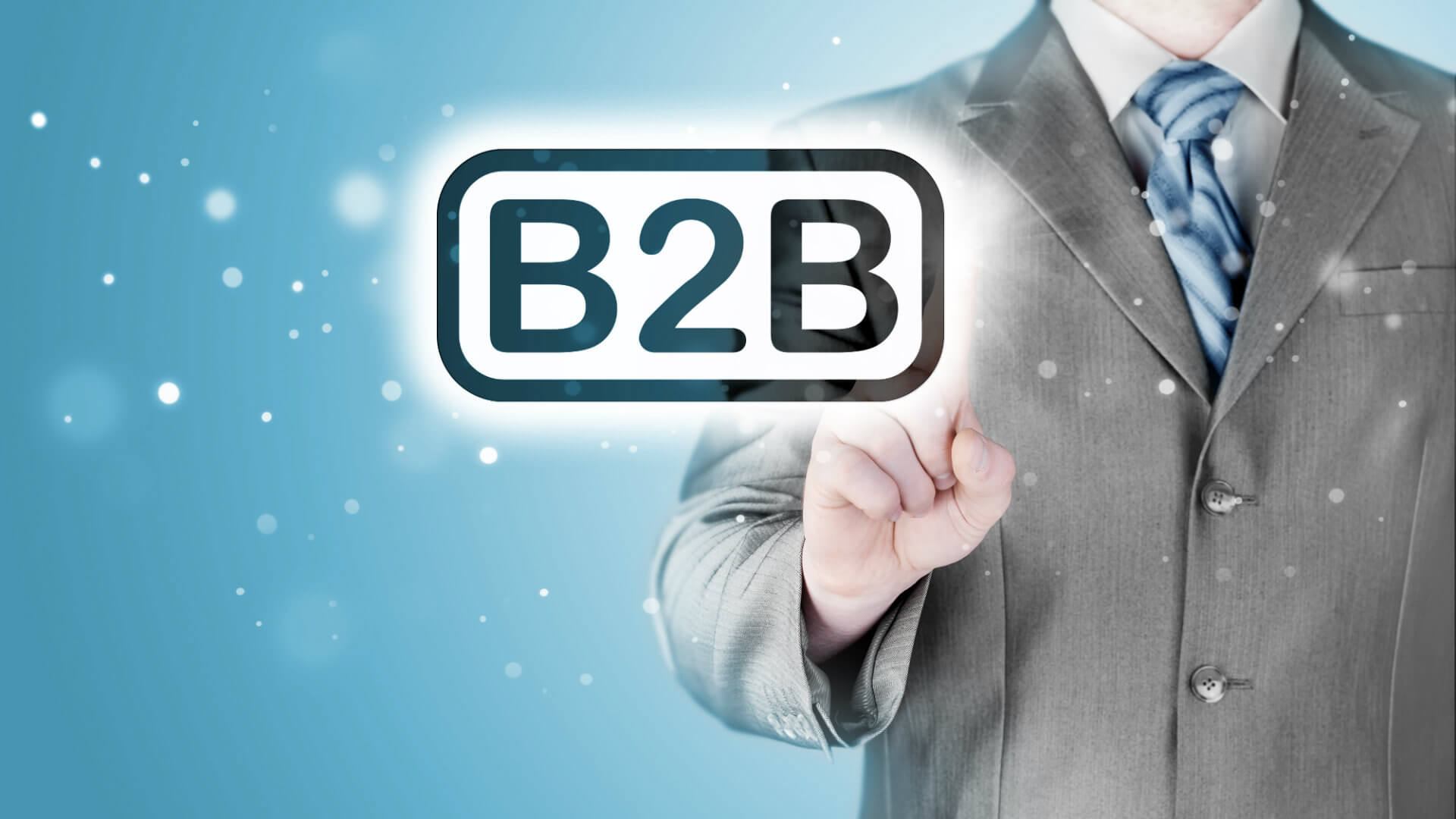We might work in a business scene that appears to have shaken B2B marketing to its center, yet what has really changed?
How about we place this into point of view.
The tremendous changes in innovation have prompted the universality of ‘advanced’. Marketing was about our associations and what we pitch. Pushing out our messages to a generally latent gathering of people through what were principally communicated. This manufactured consciousness of our brands – which were spoken to by a solitary corporate representative who was the voice of that brand. It empowered our associations to control both the medium and the message for our brands.
Today, it’s our clients who are in charge. Our B2B clients have brought their shopper purchasing practices into the business world. The sheer measure of data that they’re ready to access crosswise over such a wide assortment of channels joined. Especially, with the ascent of online networking inside B2B. It implies that our clients are not just detached beneficiaries of our messages any longer. And they are positively no longer noiseless.
We know this. Be that as it may, how are we reacting? There is a principal move by they way we have to consider advertising.Yet not a basic change in promoting itself.
Digitalisation is currently such an unavoidable piece of our lives that we must quit stressing over where advanced closures thus called ‘conventional’ showcasing starts. Our clients couldn’t care less. They consistently move from online to disconnected and back once more. As a result, end up undetectable, similar to power, driving our reality, underestimated.
Without a doubt, we have a great deal of new channels. It has an entire host of new apparatuses, all of which makes advertising significantly more confused and fascinating. We’re focusing on the wrong things. We’re focusing on the undertakings and the innovation all by themselves. So, rather than their importance to advertising. So, at the end of the day, how these new tools empower us to better speak with and connect with our clients.
Considering B2B marketing
Before we can do or be diverse as B2B advertisers, we should first think unique. For two imperative reasons:
As B2B advertisers, we can and should keep on learning from the B2C world. in spite of the fact that Apple’s ‘Think Different’ battle is, staggeringly, now 20 years of age. It remains a masterclass for advertisers in the basics. the technique, brand, and clients.
Strategies are for the occasion, thoughts are everlasting. So, this crusade has turned out to be famous correctly in light of the fact that it intensely outlines how the best promoting is about thoughts that are enduring and convincing.
In any case, thinking diverse isn’t simple, it includes both time and exertion, and it can be debilitating and additionally exceptionally awkward for a considerable lot of us. It implies scrutinizing the acknowledged standards for advertising inside our associations. At last, means scrutinizing our own particular mastery. Notwithstanding conceding that there might be numerous things we don’t have the foggiest idea. It implies not just tolerating the conspicuous and least demanding. But rather striving to guarantee we are presented with numerous viewpoints So where do we even begin?
The initial step is to take a cognizant choice to contemplate B2B marketing . We can begin with these five stages:
Timetable reasoning time.– for ourselves and together with our groups, on a predictable and standard premise.
Plan for an impressive future .- outside of our promoting storehouses, about the huge issues we’re looking as B2B advertisers.
Listen well. – we have to take individuals alongside us and allow everybody to contribute.
Assume liability. – don’t rationalize, we should discover and actualize functional, workable answers for beat the difficulties that are halting us.
Be responsible – as people and as groups for rolling out particular improvement happen.
At that point we have to put forth five extremely intense inquiries and take five activities off the back of them:
How well do I know my clients? Try not to make suppositions about your clients; don’t accept that you know their identity or what their requirements and issues are. Converse with your sales representatives and discover approaches to talk straightforwardly to your prospects and clients.
Do I see how my clients purchase? Once more, don’t make suppositions. Converse with your business people; consider everybody associated with the buying choice and in addition their influencers.

